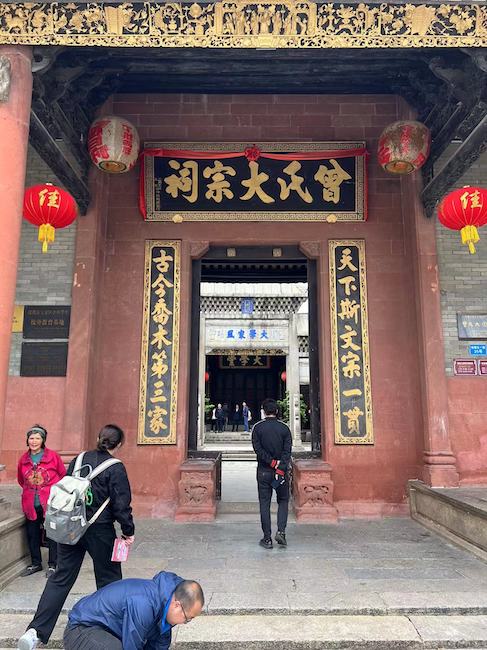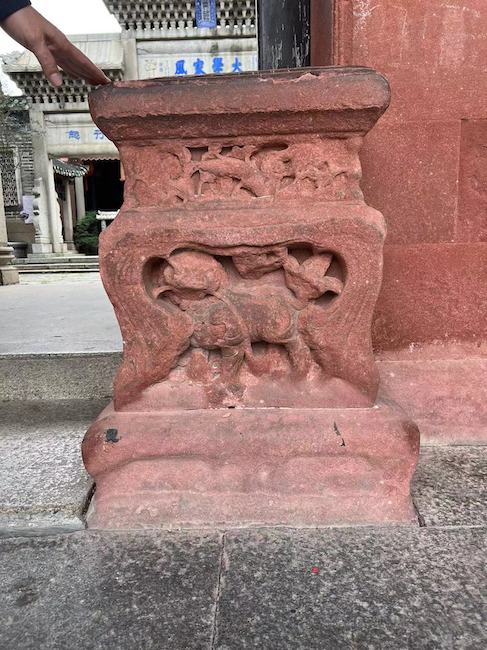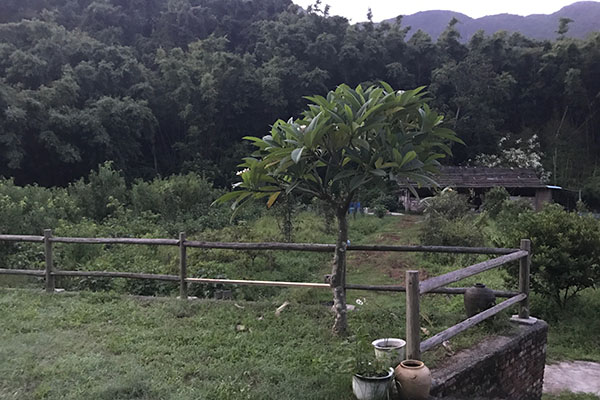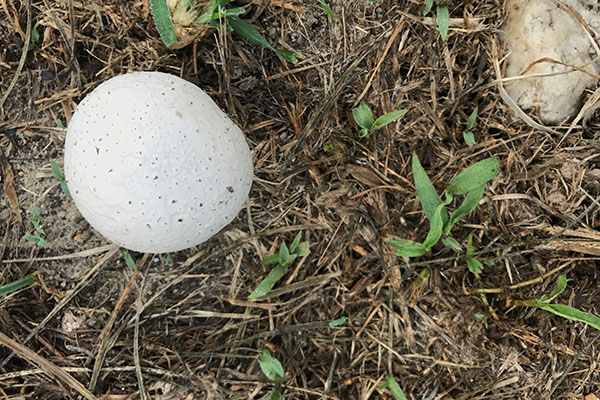Yesterday, I visited the Xinqiao Ancient Architecture cluster. The museum has a few surprises, including documentation tracking land ownership from the Republican era all the way back to the Jiaqing era, which would be roughly late 1790s through early 1820s. Xinqiao has been an important settlement, and in fact, one of the compilers of the Jiaqing version of the Xin’an County Gazetteer was from Xinqiao.
According to members of the local history association, Xinqiao has historically been more important than the more famous Shajing. Shajing was famous for oysters, but Xinqiao had land and mountains, allowing for one of the largest agricultural settlements in the area. The historians emphasized that historically Xinqiao was water rich, allowing for cultivation of rice and lychees. A few impressions below.


























